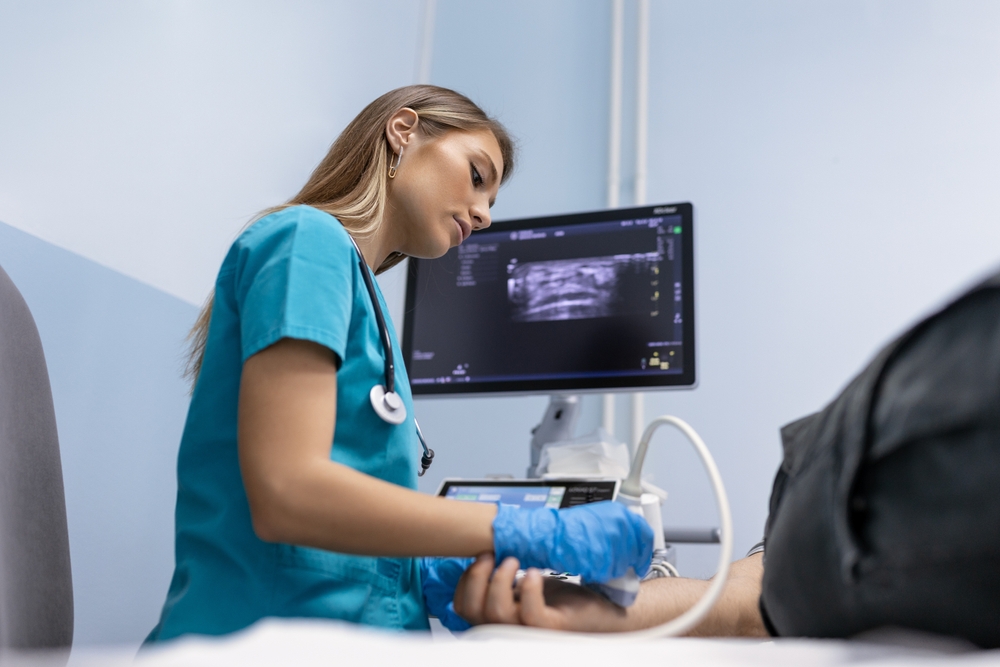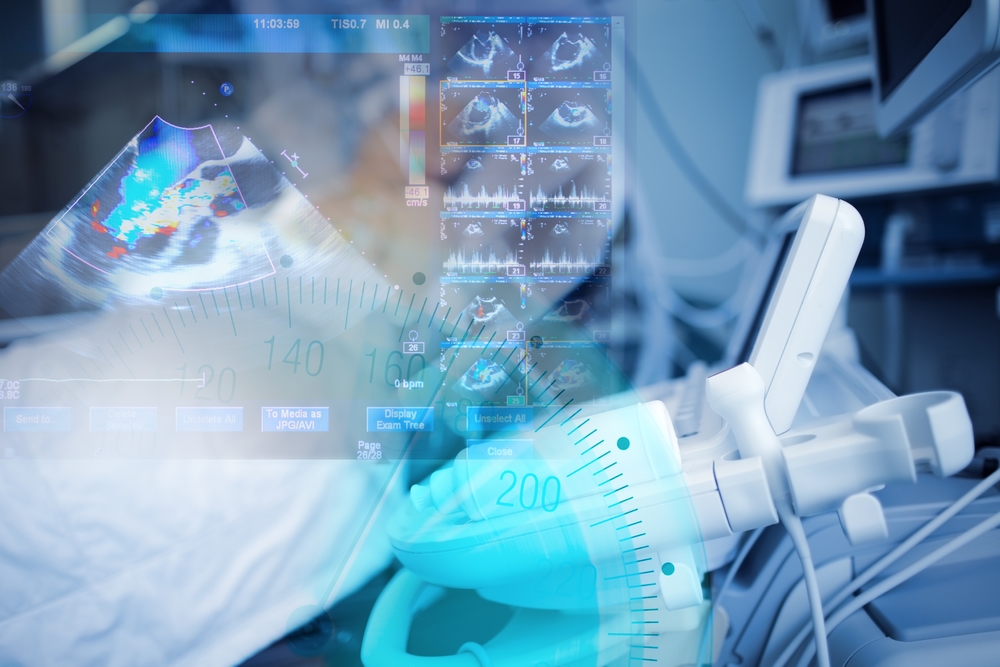What Does Deep Learning Do for Ultrasound Accuracy?
 Modern ultrasound has revolutionized patient diagnosis and condition monitoring, but accurately interpreting ultrasound images can be a challenge — even for experienced clinicians. The human body is complex, and the variability of ultrasound imaging can make interpretation complicated. Fortunately, advancements in artificial intelligence are taking some of that burden off diagnosticians.
Modern ultrasound has revolutionized patient diagnosis and condition monitoring, but accurately interpreting ultrasound images can be a challenge — even for experienced clinicians. The human body is complex, and the variability of ultrasound imaging can make interpretation complicated. Fortunately, advancements in artificial intelligence are taking some of that burden off diagnosticians.
Deep learning algorithms are instrumental in improving the accuracy of ultrasound diagnoses. As neural networks, or machine learning, get better at identifying anomalies and more adept at understanding the nuances of physiology, they can spot problems that otherwise might be subject to human error or uncertainty.
Deep learning basics
Deep learning is a type of machine learning that relies on neural networks to learn and make predictions. These networks consist of layers of interconnected nodes, with each layer performing a specific task.
The input layer is where the data enters the network; the output layer is where the network makes its predictions. In between, there are multiple hidden layers performing complex computations on the data. This is also where activation functions introduce nonlinearity into the equation, allowing networks to model more complex relationships between the input and output data.
Neural networks need to be “trained” before they’re capable of making accurate predictions — or generating viable outputs. This involves feeding the network a large amount of labeled data and adjusting nodes in the network to align the predicted output with an accurate output. This process is repeated over many iterations until the network can accurately predict the output for new, unseen data.
A simplified example of deep learning is teaching a computer to recognize the difference between cats and dogs. The input data would consist of images of both cats and dogs; the output data would be a label indicating whether the image is of a cat or a dog. Through training, the network learns to identify the difference between the two animals and properly label them based on those differences.
In the case of diagnostic imaging, it means teaching a system to recognize the difference between healthy physiology and anomalies potentially indicating a problem.
 Deep learning and ultrasound accuracy
Deep learning and ultrasound accuracy
Deep learning algorithms are paving the way toward better accuracy and speed-to-care. Two types of deep learning algorithms already demonstrating a high level of promise toward better ultrasound imaging are:
- Convolutional Neural Networks (CNNs). These networks use a process called convolution to identify features in an image (such as edges or curves) relevant to certain conditions. CNNs have been successfully used for identifying tumors and anomalies in fetal development.
- Recurrent Neural Networks (RNNs). These networks are particularly useful for analyzing sequences of ultrasound images over time, such as fetal heart rate or blood flow patterns. By processing each image in sequence, they can identify patterns over time and make accurate predictions about emergent or chronic health conditions.
Both algorithms process vast amounts of data more quickly and accurately than humans, allowing for faster and more accurate diagnoses. Additionally, deep learning models can detect patterns that might be missed by human experts, leading to more reliable diagnoses.
As these algorithms evolve, evidence shows they’re also highly adaptable. Given recent advancements in machine learning, it won’t be long before they’re customized for a wide range of applications, making them a valuable tool for researchers and clinicians alike.
Examples of deep learning in ultrasound imaging
CNN and RNN systems have shown great promise in improving the accuracy of ultrasound imaging in various applications. Two prominent examples are fetal development monitoring and breast cancer detection.
- Fetal ultrasound is hardly a new technology, but traditional fetal ultrasound interpretation relies on the skill of the clinician, which can be subjective. CNNs have been used to identify and classify fetal structures with high accuracy, while RNNs are effective in monitoring development throughout gestation.
- Mammography — the most common screening method for breast cancer — sometimes misses early-stage cancers, leading to delayed diagnoses and worse outcomes. Deep learning models can help detect breast cancer earlier and more accurately. This not only improves early detection but also reduces instances of false positives and unnecessary biopsies that cause patient anxiety.
As deep learning models continue to improve, the associated benefits increase. Additionally, as more data becomes available and more models emerge, we’re certain to see further opportunities in other areas of medicine.
 Better modeling begets better diagnoses
Better modeling begets better diagnoses
While there are still deep-learning hurdles to overcome — including AI bias and learning model integrity — early AI-powered ultrasound tools show incredible promise for quick and accurate diagnostics. As clinicians increasingly rely on diagnostic imaging for diagnosis and condition monitoring, AI continues to assist with and improve diagnostic speed; clinician confidence; and, ultimately, patient outcomes.

 Deep learning and ultrasound accuracy
Deep learning and ultrasound accuracy Better modeling begets better diagnoses
Better modeling begets better diagnoses